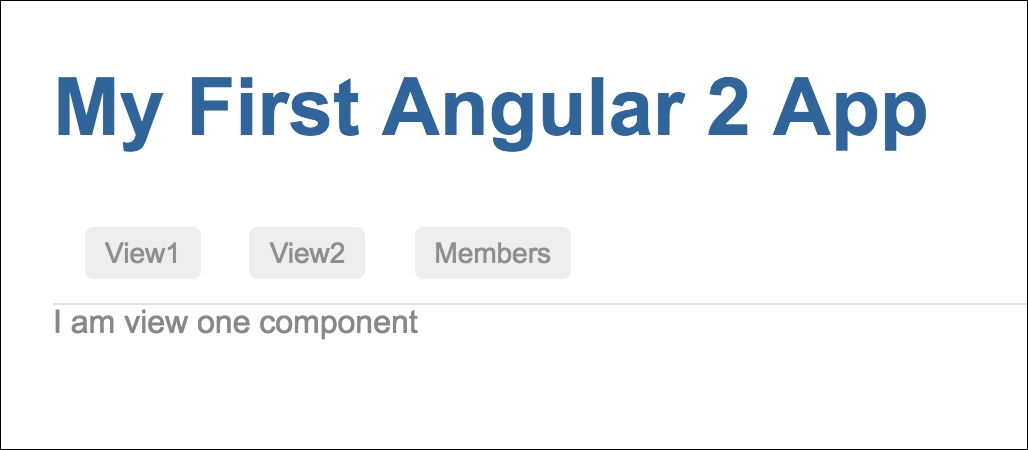We will follow a different approach in this chapter, as we've already learned the TDD approach. We developed a small project in the previous chapter, and our plan is to work with that project and make it better in order to present it to the world.
So, before the walk-through, we will have to review and identify any problems and the scope for improvement of the project. To do so, we have to be confident of the code base of the search application.
To start with, we will copy the project from Chapter 7, Flip Flop, which was originally from https://github.com/angular/quickstart, and rename it angular-member-search.
Let's proceed and get ready to run it:
$ cd angular-member-search $ npm install $ npm start
To confirm the installation and run the project, the application will automatically run it in a web browser.
Here is the output we should get when we will run the project:

Oh! We have our end-to-end test ready in the project. Before we...



